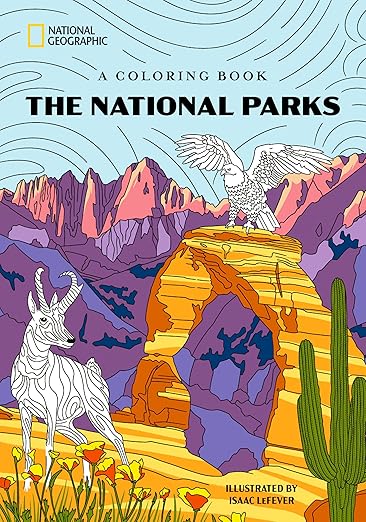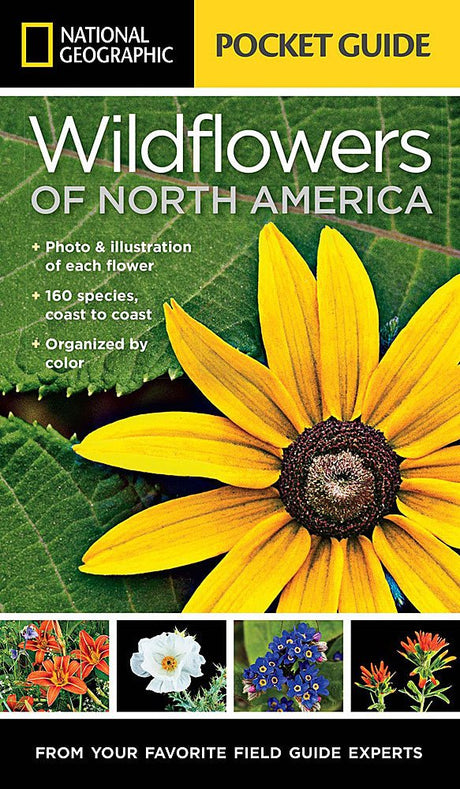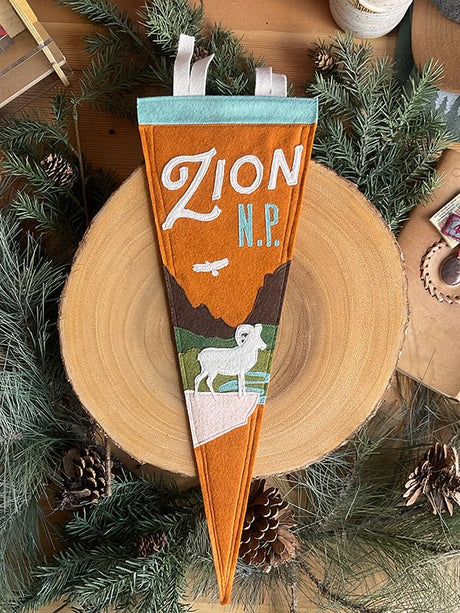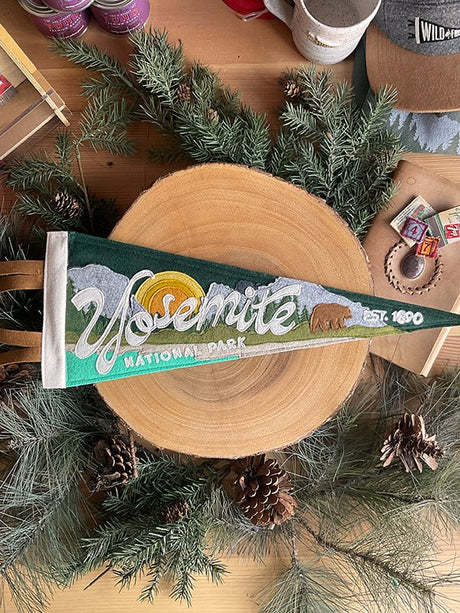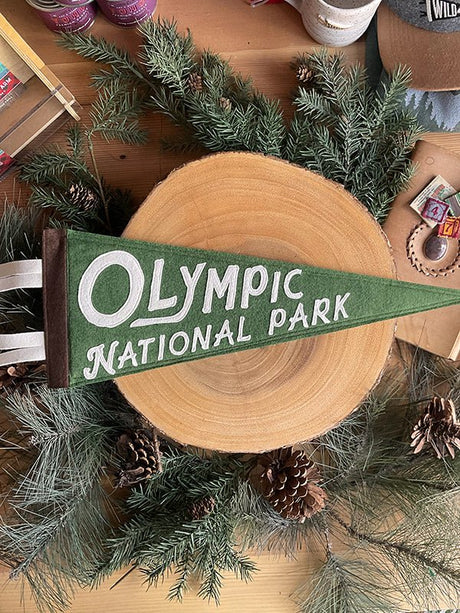Summer nights are for stargazing—and few places on Earth rival the awe-inspiring darkness of America’s national parks. Free from city lights, these natural sanctuaries offer some of the clearest, most mesmerizing views of the Milky Way and beyond. Whether you're chasing constellations, catching meteor showers, or simply soaking in the stillness under a star-strewn sky, here are six top parks to visit for an unforgettable celestial experience this summer.
1. Great Basin National Park, Nevada

Great Basin is one of the darkest places in the contiguous United States. Its high elevation, dry desert air, and isolation make it a dream for stargazers. Every August, the park hosts the Great Basin Astronomy Festival, featuring telescope viewings, ranger-led talks, and astrophotography workshops.
Pro Tip: Head to Mather Overlook on Wheeler Peak Scenic Drive for panoramic night sky views. Bring layers—it gets chilly even in summer!
2. Big Bend National Park, Texas

Designated an International Dark Sky Park, Big Bend boasts some of the darkest skies in North America. The park’s vast, remote desert landscape enhances the drama of stargazing, especially during the summer Milky Way season.
Must-See: Check out the South Rim or the Chisos Basin for elevated, unobstructed views. Late July to mid-August is prime time for the Perseid meteor shower.
3. Bryce Canyon National Park, Utah

Bryce Canyon’s high elevation and arid climate combine for clear night skies year-round, but summer is especially magical. The park offers frequent astronomy programs and telescope-assisted viewing sessions.
Insider’s Tip: Don’t miss Bryce’s Annual Astronomy Festival in late June. Sunrise Point offers fantastic views without straying far from the rim.
4. Cherry Springs State Park, Pennsylvania

Though not a national park, Cherry Springs is a stargazing powerhouse. It’s an official Gold Level International Dark Sky Park, and arguably the best place to see the Milky Way in the eastern U.S.
Plan Ahead: The Night Sky Public Viewing Area is open year-round, but bring a red flashlight and arrive before sunset to get a good spot.
5. Death Valley National Park, California/Nevada

Death Valley might sizzle in the summer sun, but once the heat fades after dark, it becomes a stargazer’s paradise. With vast, wide-open vistas and ultra-low light pollution, it's perfect for photographing star trails or just lying back and watching the universe unfold.
Best Spot: Try Mesquite Flat Sand Dunes or Harmony Borax Works for wide, flat horizons.
6. Capitol Reef National Park, Utah

Often overlooked for its more famous neighbors, Capitol Reef is a hidden gem for night sky enthusiasts. It earned its International Dark Sky Park designation in 2015 and remains less crowded in the summer.
Don’t Miss: Gaze from the Fruita Campground or Goosenecks Overlook after a sunset hike. Rangers often host night sky programs during peak season.
Stargazing Tips for Summer Park Visits:
- Bring a blanket, reclining chair, or sleeping pad—you’ll want to lie back and look up.
- Download a stargazing app like SkyView or Star Walk to help identify constellations and planets.
- Use a red light instead of white flashlights to preserve your night vision.
- Check moon phases—a new moon offers the darkest skies for stargazing.
- Arrive early to find your spot before nightfall, especially during meteor shower peaks.
Whether you're road-tripping through the West or exploring the quiet corners of the East, these parks promise front-row seats to one of the greatest shows on Earth. Just remember to respect the darkness—keep light to a minimum, stay on trails, and leave no trace.
🌌 Have a favorite stargazing moment in a national park? Share it in the comments below—we’d love to hear your stories!




